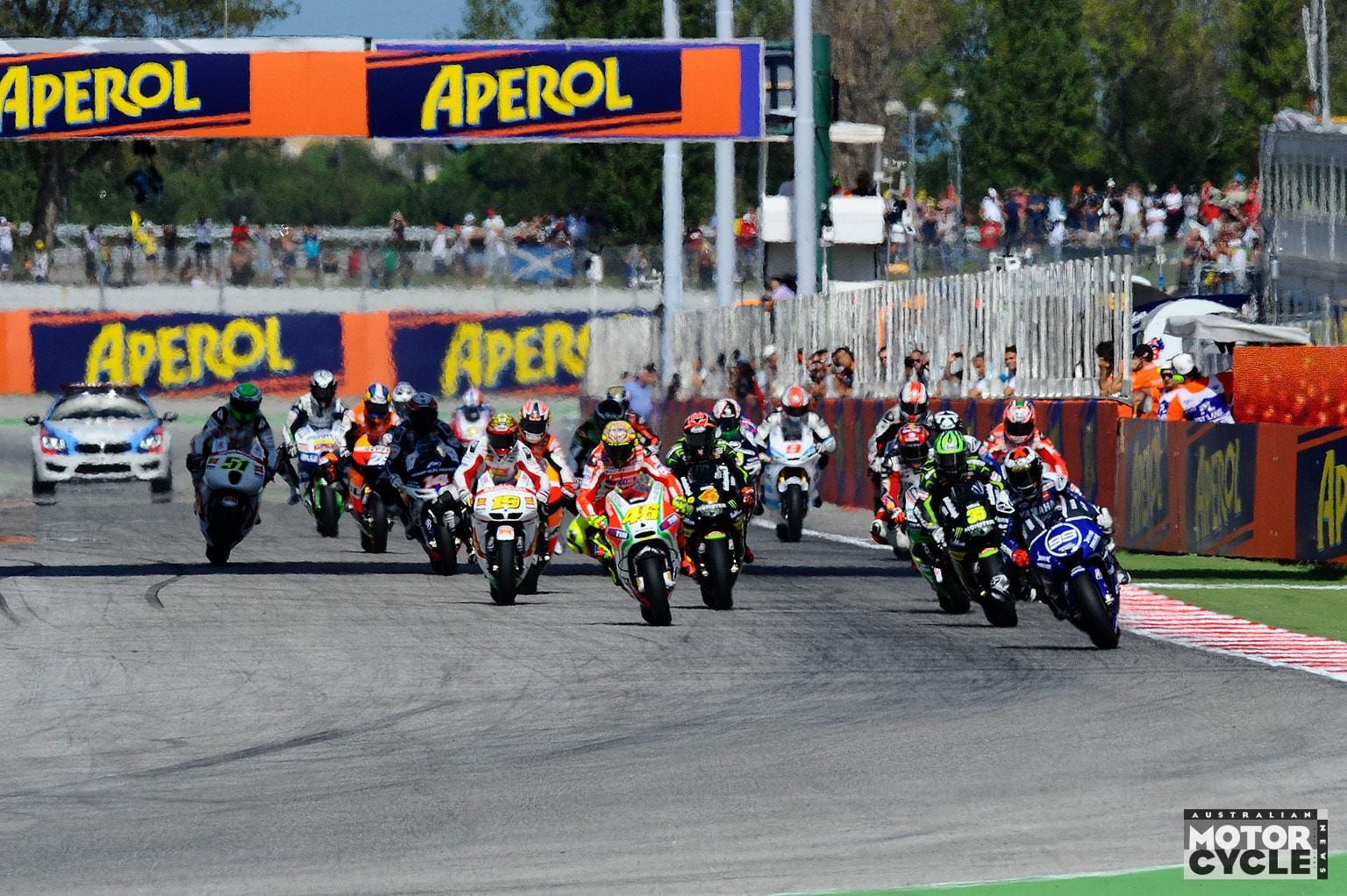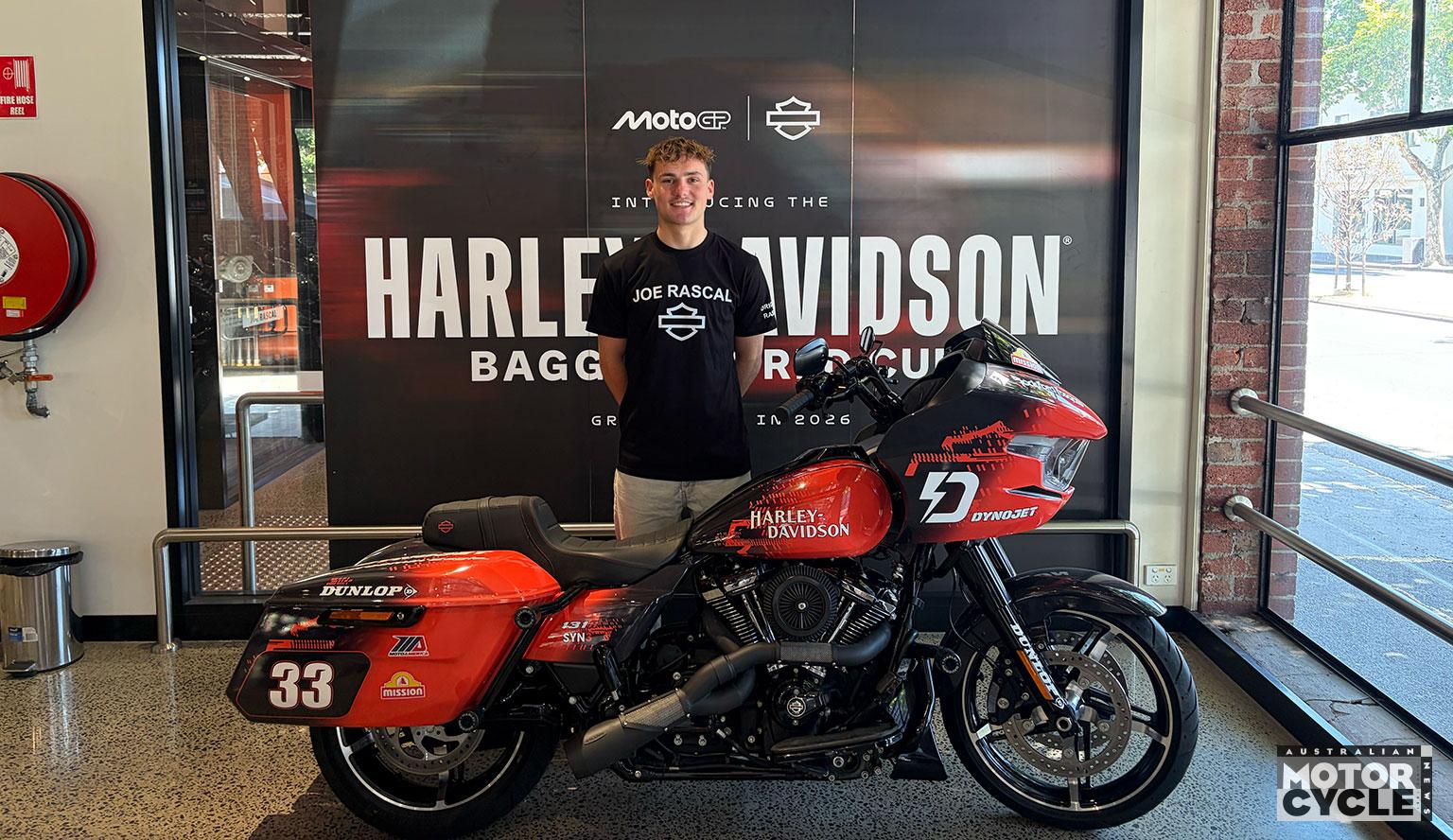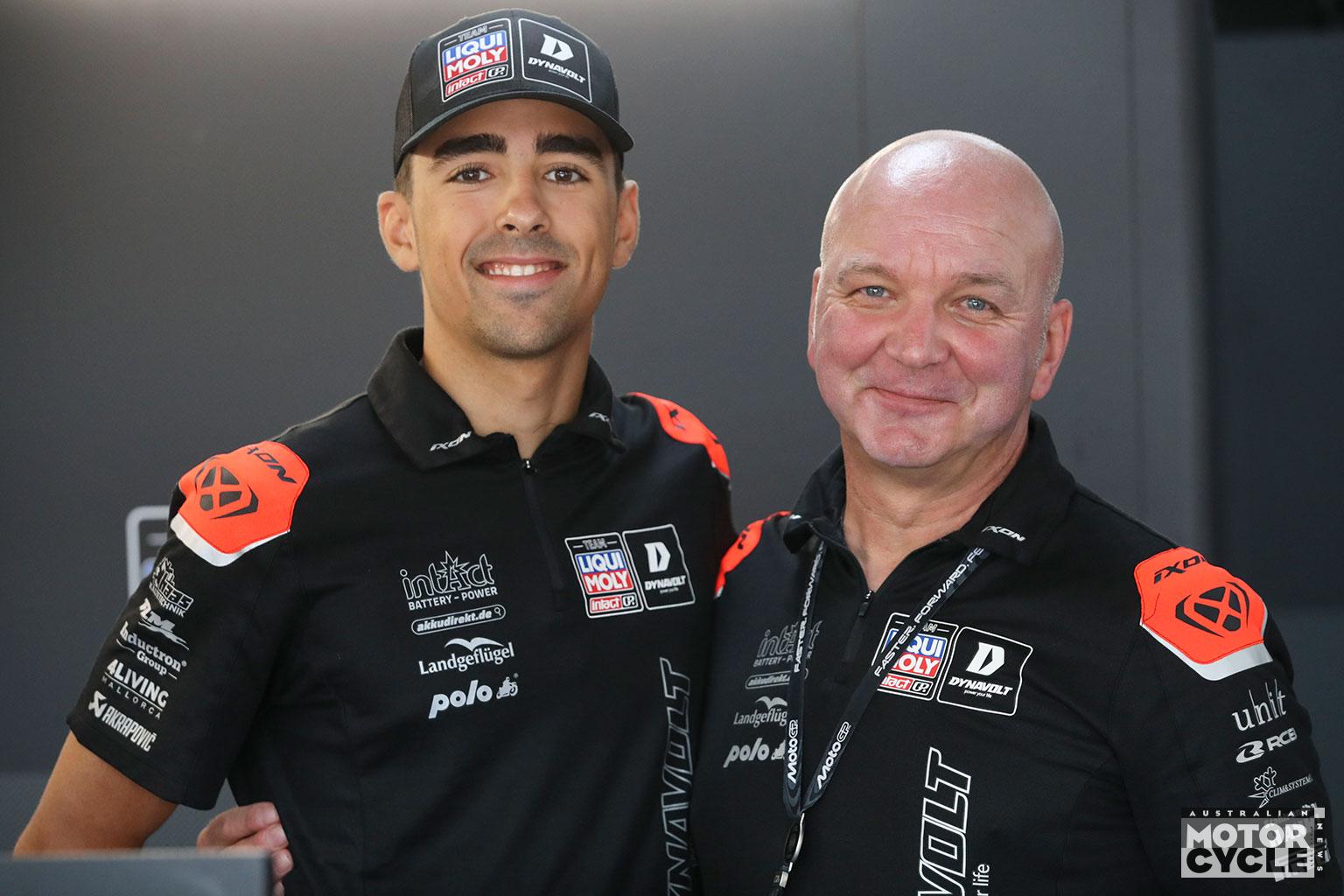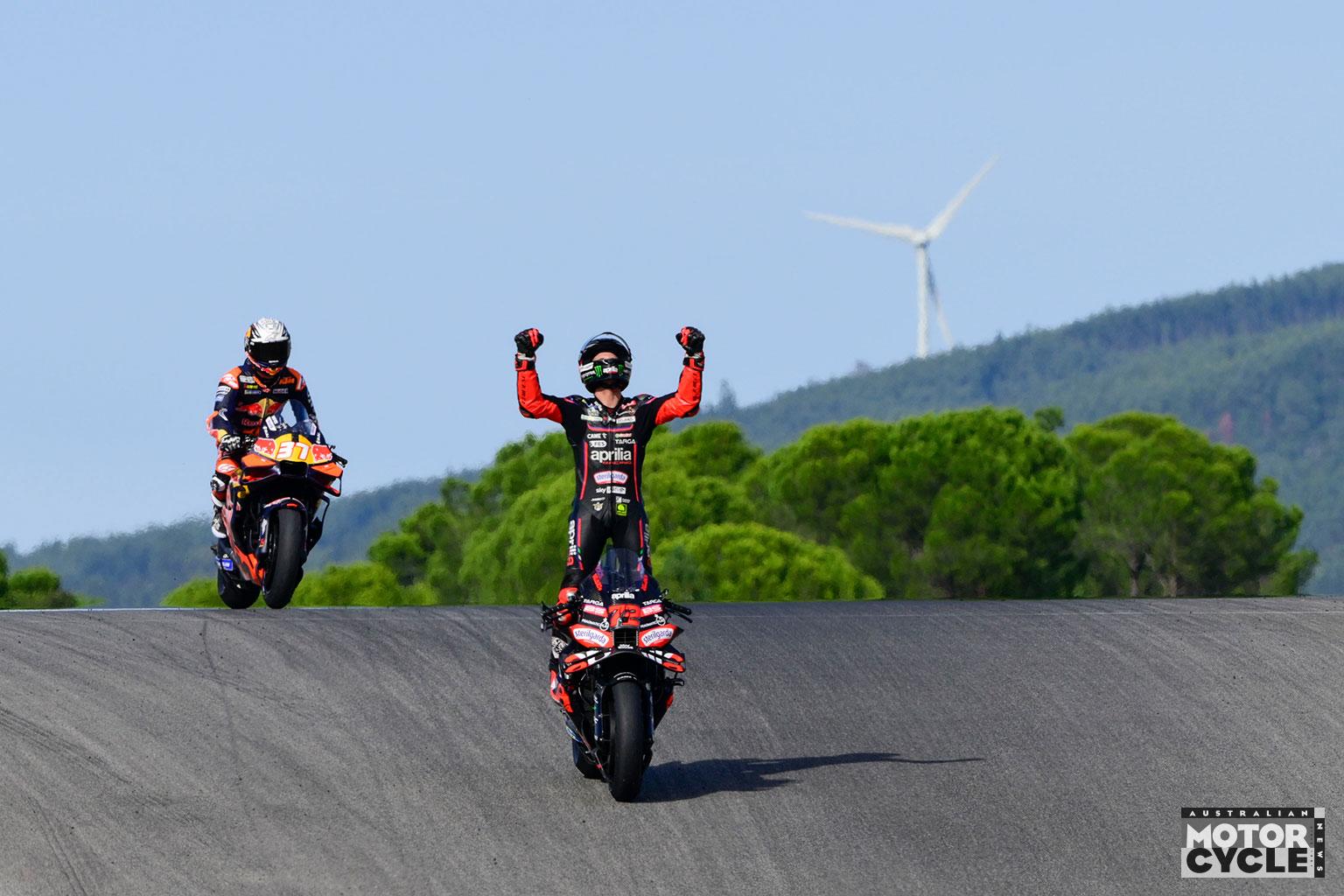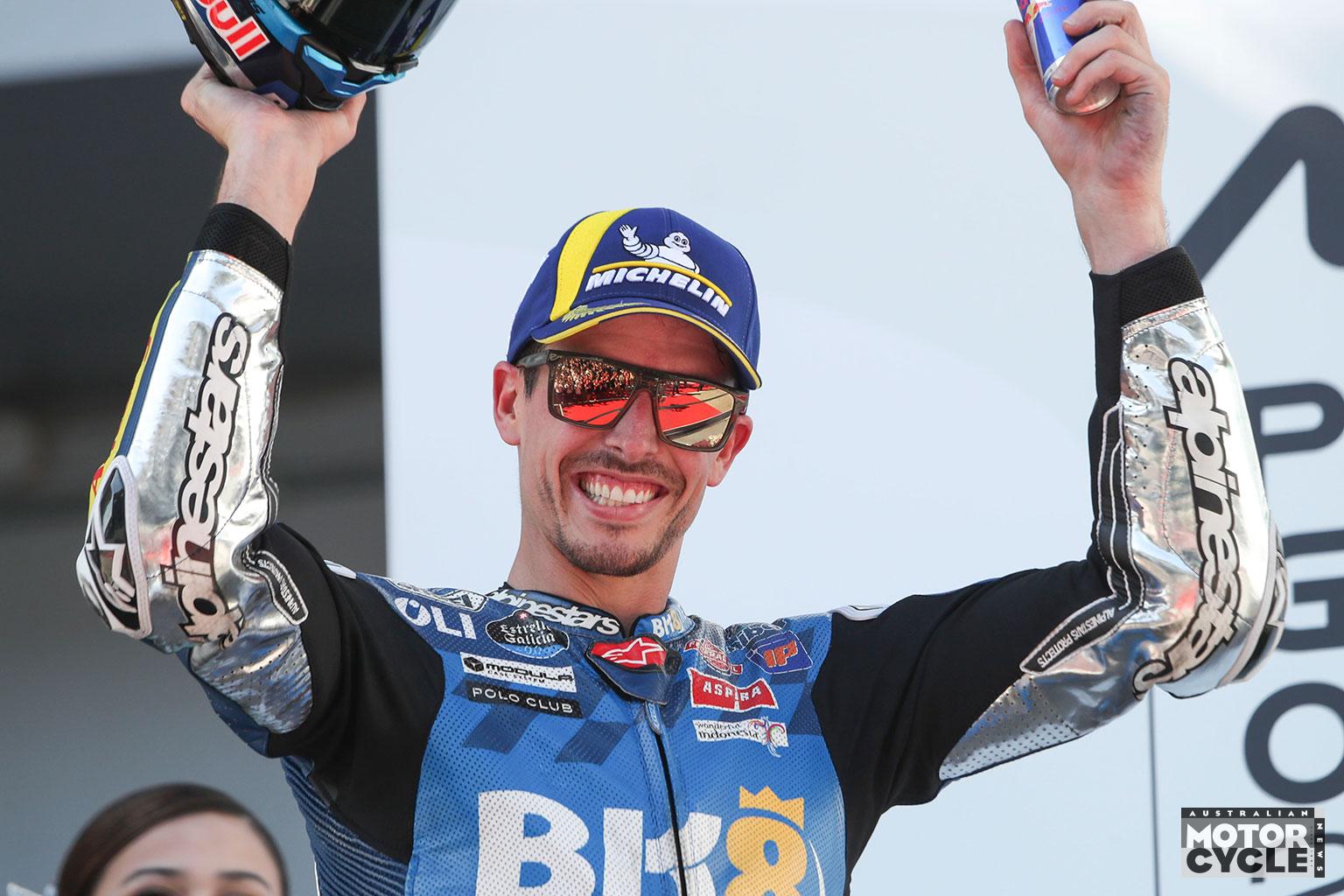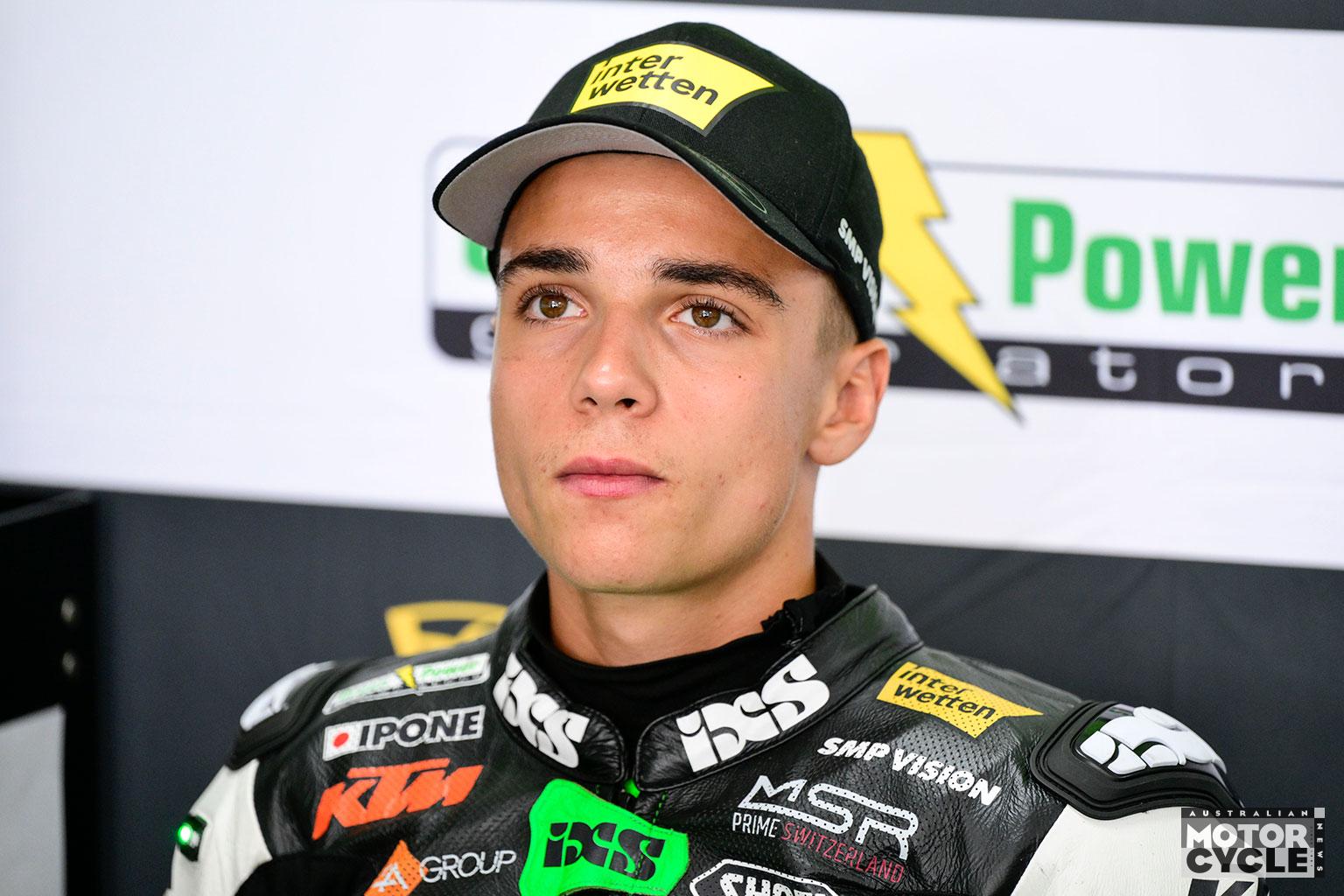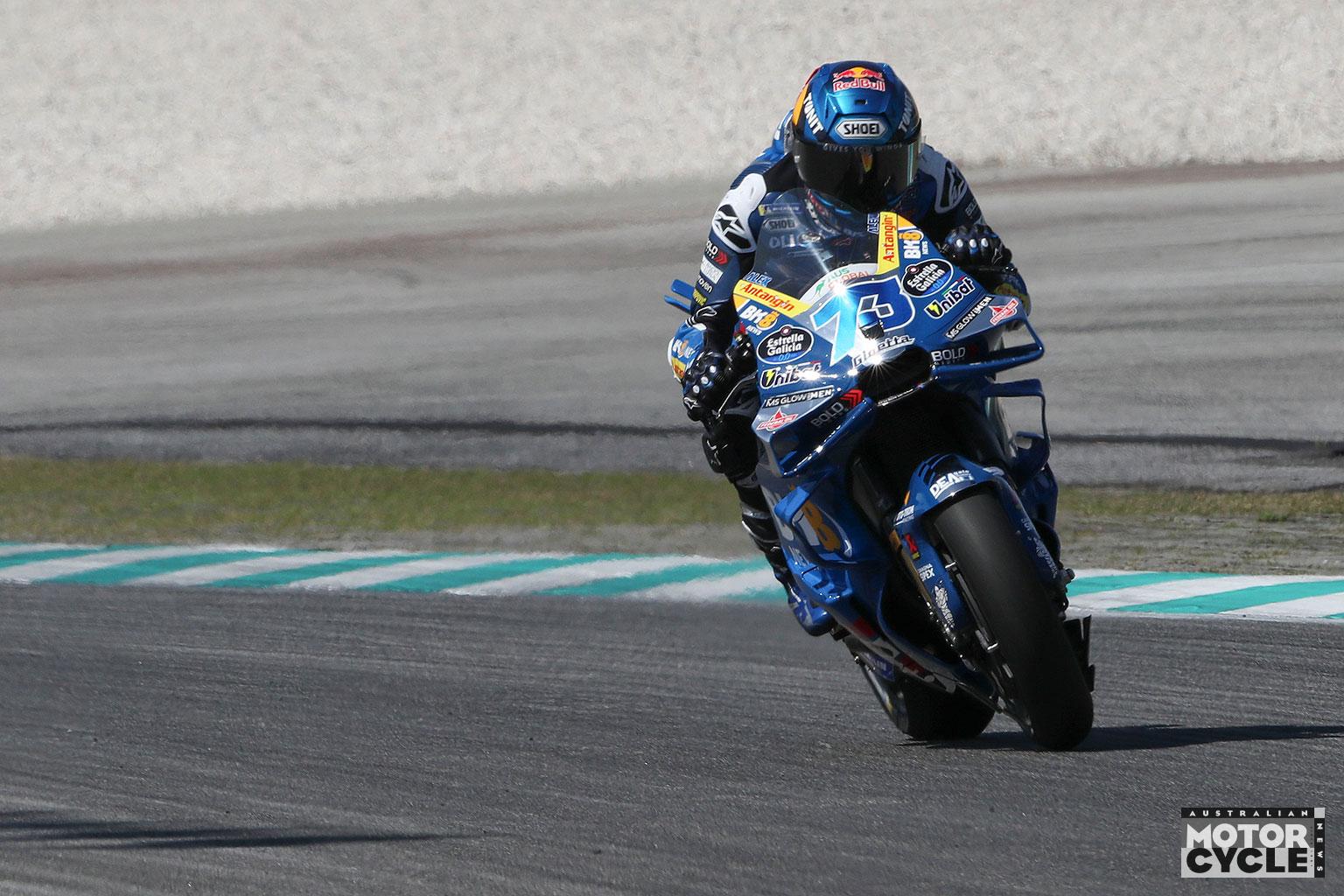Michelin replaced as sole tyre supplier as Pirelli gets new five-year contract
It’s fair to say that MotoGP needs a reshuffle as Ducati’s dominance has made its rivals into also-rans for the last few years – but the planned changes for the 2027 championship mean every team and rider will be heading into the unknown and now another variable has been thrown into the mix with the announcement that Pirelli will replace Michelin as the sole supplier of MotoGP tyres from 2027 until 2031.
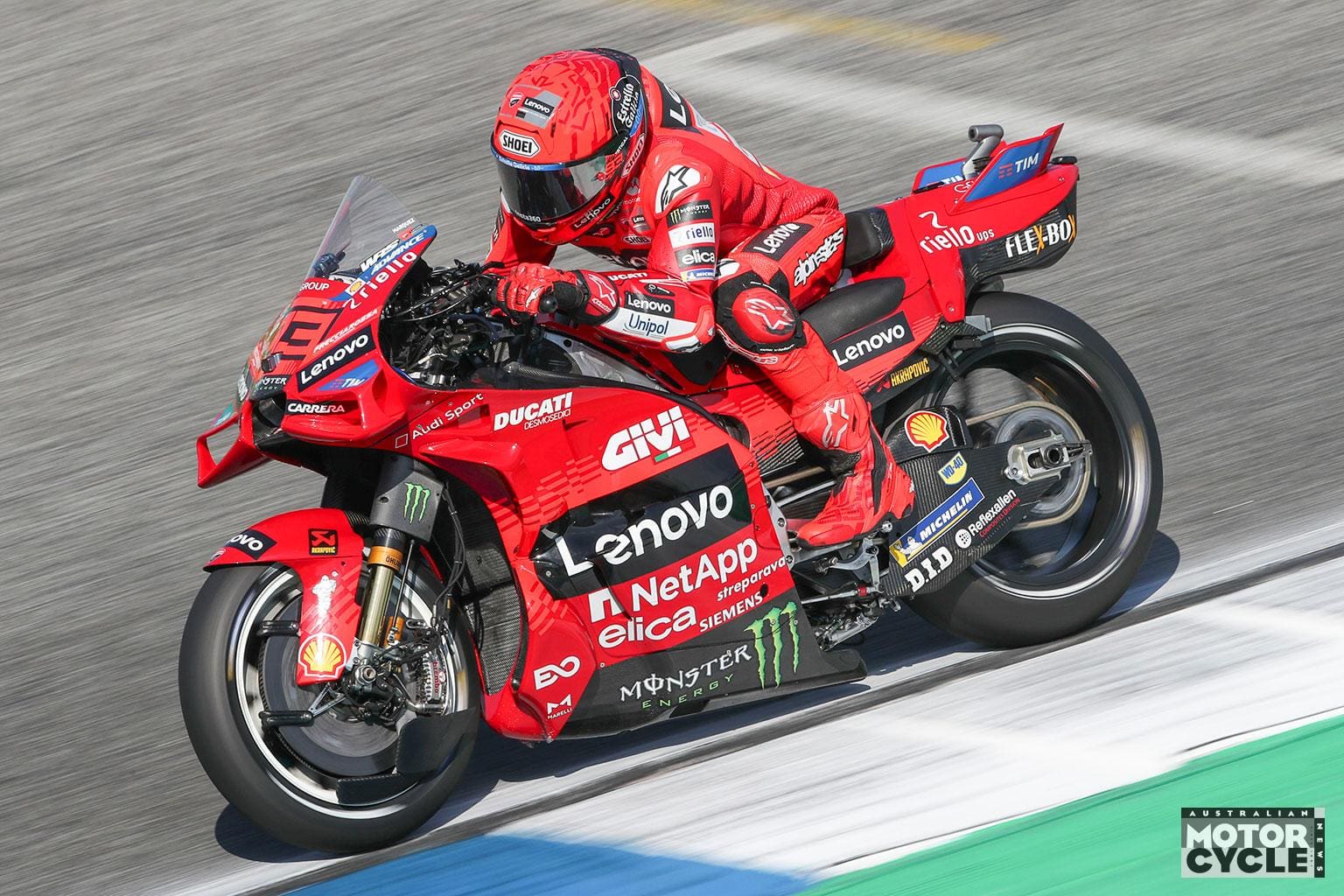
With Moto2 and Moto3 already monopolised by Pirelli, along with the World Superbike championship and, on four wheels, the Formula 1 championship, the Italian brand looks set to dominate the upper echelons of motorsport. Pirelli will also be the supplier for the MotoE series from 2027, again replacing Michelin, so all the Dorna-operated championships will share the same tyre brand.

While using a single tyre company for each championship helps eliminate a variable, levelling the playing field for riders and teams and preventing an expensive tyre war between multiple brands, the decision to adopt Pirelli rubber in 2027 coincides with the biggest shakeup of MotoGP rules in years. The regulation changes already announced include a switch from 1000cc engines to 850cc four-cylinders, achieved largely by reducing the maximum bore from 81mm to 75mm in an effort to ensure the resulting engines aren’t as peaky as the 800cc motors used between 2007 and 2011. Combine that with a severe reduction in reliance on aerodynamic downforce, including shorter noses, narrower fairings and restrictions on rear-end bodywork, plus the ban on ride height and holeshot devices and the adoption of synthetic, sustainable fuel, and it becomes anyone’s guess as to which manufacture, if any of them, will have the upper hand. The shift from Michelin to Pirelli means that riders will have even more to come to grips with, and could even see rookies promoted from Moto2 – who won’t be carrying over habits learnt on the previous generation of bikes and will already have more Pirelli experience – gaining a theoretical advantage over established MotoGP stars.
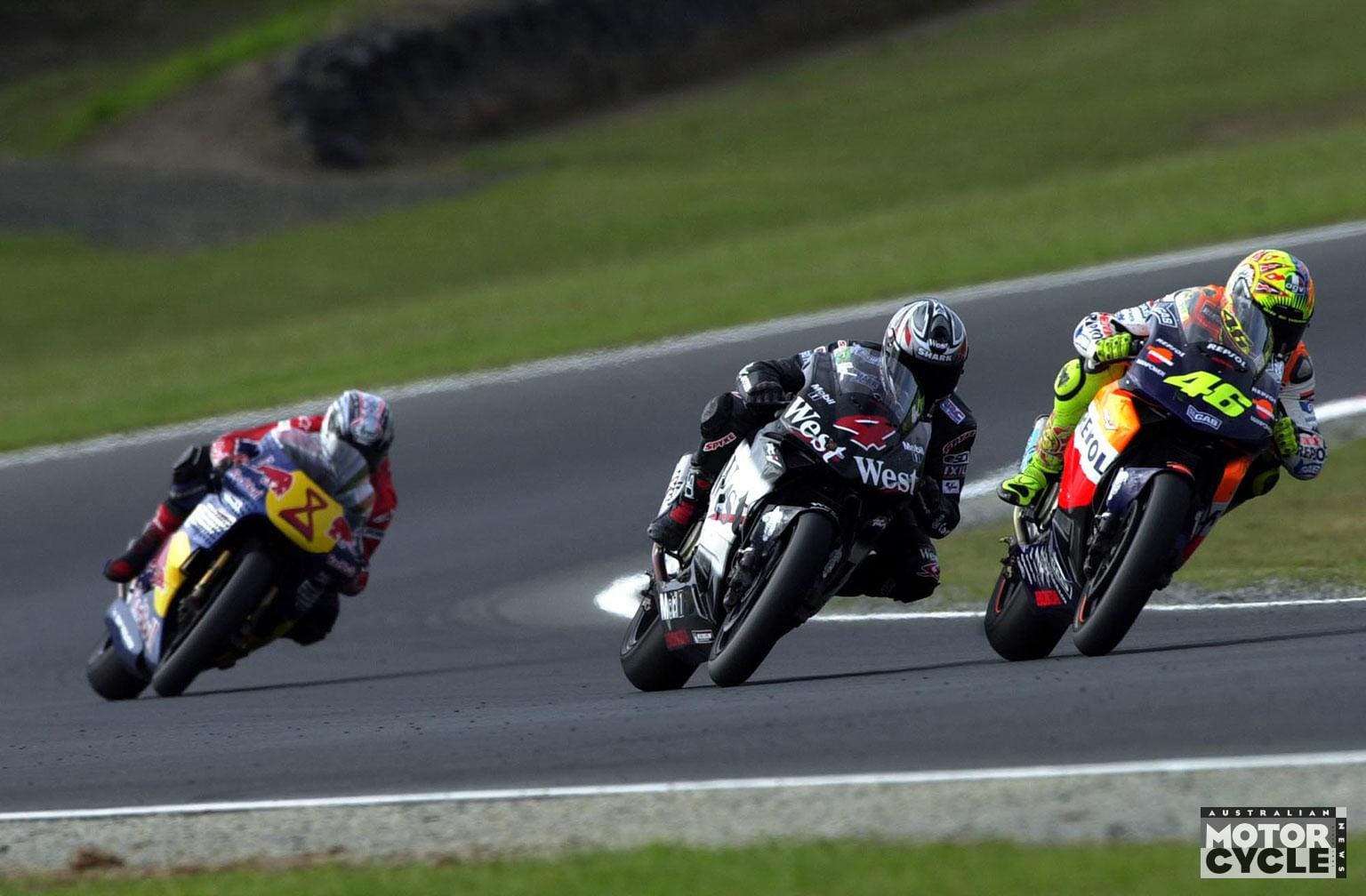
History tells us that while wholesale rule changes promise to increase competitiveness, in reality there’s often a single manufacturer that gets the formula right and dominates in the first year of new rules. In 2002, the switch to four-stroke, 990cc bikes saw Honda and Valentino Rossi demolish their competitors, with Honda taking 3 of the top 4 positions in the title standings. In 2007, the 800cc rule change brought Ducati and Casey Stoner to the fore with a similarly unbeatable performance, albeit with the next best Ducati down in 7th in the final standings. Dorna will be hoping the 2027 regulation changes are more akin to the 2012 ones, which introduced a 1000cc limit and saw a tight battle between Honda and Yamaha, with Jorge Lorenzo on the latter pipping Dani Pedrosa to the title, and that by switching tyre suppliers it might be possible to conjure some of the magic of the 2016 season – Michelin’s first as the sole supplier, replacing Bridgestone – during which nine different riders and four manufacturers won races.
